Transient synovitis
What is Transient synovitis?
Transient synovitis, also known as toxic synovitis, is an inflammation and swelling of the tissues around the joint. Generally, only one joint is involved. This condition is known as transient because it lasts only a short period.
Transient synovitis of the hip is the most familiar cause of sudden hip pain in kids. Transient synovitis generally happens in kids between 3 and 10 years of age. Occasionally it happens in kids younger than 3 years of age. It is more familiar in boys than in girls.
Epidemiology
Transient synovitis of the hip most often appears in kids ages 3 to 10 years old. The moderate annual incidence of Transient synovitis and the total lifetime risk is evaluated to be at 0.2% and 3%, respectively. A 2010 analysis from the Netherlands noted the mean age at display was 4.7 years. While the prevalence of cases happens in pediatric persons between the ages of 3 and 10 years of age, the literature does show rare case displays in both younger babies and the grown-up population. The incidence rate in men is twice that of women, and approximately 1% to 4% of the time a person may show bilateral involvement
Signs and symptoms of transient synovitis
When children have transient synovitis, the pain begins suddenly and generally is only on one side of the body.
Further signs to examine for:
- a current viral infection, like a cold or stomach virus
- low-grade fever (up to 101F [38C])
- limping with toes curved outward, the knee flexed or straightened
- walking on tiptoes
- hip pain after a long duration of resting the joint or junction (like watching TV or sitting in a car or at a desk)
- knee or thigh ache with no hip pain
- in younger kids, crying
- in some circumstances, a denial to walk
- In infants, the most familiar signs of transient synovitis are abnormal crawling and crying, and they may cry when their hip joints or junctions are being moved, like during diaper changes
Which are the Causes of Transient synovitis?
Transient synovitis causes are unrecognized. Nevertheless, specific risk factors can raise your kid’s possibility of developing the disease. These contain:
- Viral infections. During a viral infection such as a cold or stomach infection, the immune system produces essences to fight the virus. Doctors or physicians think these essences can induce inflammation and lead to transient synovitis.
- Bacterial infections. Certain bacteria like Streptococcus can raise the risk of transient synovitis in kids. In this issue, it is known as post-streptococcal transient synovitis.
- Upper respiratory infections. Upper respiratory infections such as those that cause a cough or irritated throat can raise the risk of transient synovitis.
- Injury or trauma. If your kid has previous damage or trauma, they may have inflammation. This can raise their probability of creating transient synovitis
How Is Toxic Synovitis Diagnosed?
Lab tests
The first thing a doctor or physician will do is inspect your kid, scanning to see what kind of motion is aching by moving the hip, the knee, and other joints or junctions. This is to verify that the limping is caused by a joint or junction ache.
Next, the doctor or physician may order an ultrasound of the hip. This imaging test will indicate whether there is fluid in the hip joint or junction. Fluid suggests there is swelling and inflammation of the tissues. The doctor or physician also may do blood tests to notice how vast swelling there is.
Occasionally, the blood test outcomes make it difficult for the doctor or physician to rule out septic arthritis, so fluid might be carried from the joint or junction for a culture (a lab examination to see bacteria). The doctor or physician also may do further tests and X-rays to examine for or rule out further possible causes of your kid’s limping and pain.
Physical examination
Examination of the person with unilateral hip ache generally shows mild restrictions to the range of movement, particularly to the abduction and internal rotation position. The person may present with the hip in the abducted, flexed, and externally rotated position as this loosens the hip joint or junction capsule to reduce intra-articular stress. In some information one-third of persons were shown with a normal range of movement on physical examination.
While Transient synovitis stays a diagnosis of exclusion, suggestive maneuvers like the primary log roll or conducting the Patrick test if the person can tolerate it. The latter is also called the FABER test for flexion, abduction, and external rotation, and this trick is completed by having the person bend the leg with the thigh abducted and externally turned. Ache on the ipsilateral anterior side is expressive of a hip disease on that side. If the ache is produced on the contralateral side posteriorly around the sacroiliac joint or junction, it means the ache is refereed by dysfunction in that joint or junction.

How Is Toxic Synovitis Treated?
Treatment for transient synovitis generally contains anti-inflammatory medications like ibuprofen or naproxen. Your kid may carry these for up to 4 weeks until the inflammation goes out. The doctor or physician also may define medicine for aches, like acetaminophen.
Resting the hip joint or junction is necessary, and it’s most useful if your kid avoids placing weight on the hip while healing. Children generally can walk furthermore comfortably within a day or two of bringing the anti-inflammatory drug. Yet, participation in exercises such as gym class or sports will have to stay until your kid fully heals.
Physiotherapy treatment in Transient synovitis
The main purpose of treatment for transient synovitis of the hip in kids is to reduce the ache and keep the hip range of movement. After evaluating your kid, your Physical Therapist may select to use ice on the hip if it is in the acute stage of ache or may apply heat at a later stage to reduce inflammation and help with ache management.
Next, some gentle activities may be defined by your Physical Therapist to confirm that the hip maintains its range of movement and to help in the healing method. These activities should not cause aches. Many kids will feel most relaxed if they maintain the leg turned out during rest so they should be permitted to do this. Any comfortable position will assist the healing method. Your Physical Therapist will reply to any queries you have on the dos and don’ts regarding activity and positioning while the hip is recovering.
Aching weight bearing on the injured leg should be avoided to reduce aches and permit healing. Some persons may require crutches to avoid aching weight bearing. The therapist will evaluate whether crutches should be used to ambulate your kid and, if required, can adjust and fit the crutches. Normally, if the kid cannot walk somewhat usually due to aches, then your Physical Therapist will recommend that crutches be defined.
Finally, a therapist can inform you about a return to an exercise program; strong physical exercises like jumping, running, and participating in sports exercises should be avoided during the acute stage and will be added back as tolerated on the advice of your Physical Therapist.
Differential Diagnosis
Persons introduced with acute hip aches should be ruled out for alternative diagnoses, particularly those that could potentially conduct to devastating sequelae if not analyzed relatively fast. These conditions contain:
- osteomyelitis
- septic arthritis
- primary or metastatic lesions
- LeggCalvePerthes disease (LCPD)
- slipped capital femoral epiphysis (SCFE)
- Other diagnoses include :
- Lyme arthritis
- pyogenic sacroiliitis
- juvenile rheumatoid arthritis
- Trauma
Prognosis
In total, Transient synovitis of the hip recurs in up to 20% to 25% of persons. The person should be educated about the raised risk of repetition in the setting of a previously confirmed diagnosis of Transient synovitis. One study noted the following repetition rates in persons with a previously confirmed diagnosis of Transient synovitis were 69%, 13%, and 18% at one-, two-year, and long-term follow-up, respectively
FAQ
How long does synovitis take to heal?
Transient synovitis generally goes out within a week or two, but occasionally can last for 45 weeks. While most children have no long-term outcomes from it, some can produce transient synovitis multiple times during youth. If your kid has a record of transient synovitis, let your doctor or physician know.
How do you treat synovitis at home?
The treatment for hip synovitis contains simple home treatments such as the application of heat, rest, and massage over the aching place. Anti-inflammatory drugs will be prescribed to decrease the ache and other symptoms. Weight-bearing on the involved side should be avoided until the ache is fixed.
Is ice good for synovitis?
Ice – Originally, your doctor or physician may suggest applying ice packs to the knee joint or junction for approximately 20 minutes every three or four hours. You will likely require to do this for two or three days or until the pain decreases. Compression – A knee joint sleeve will compress the knee joint or junction and assist to maintain the swelling down.
Is transient synovitis curable?
Transient synovitis is treated like this: Transient synovitis is a temporary situation that will clear itself in 7-10 days. In the meantime, your child needs to rest his hip joint or junction and take anti-inflammatory drugs such as ibuprofen or naproxen as specified by your doctor or physician.
Why is my 3-year-old suddenly limping?
In preschoolers, the most familiar cause of limping is a viral infection. This is known as ‘irritable hip’. More severe reasons for limping might contain cerebral palsy, fracture, a bone or joint or junction infection, developmental dysplasia of the hip, or arthritis. Bone tumors can also induce a limp, but these tumors are irregular.

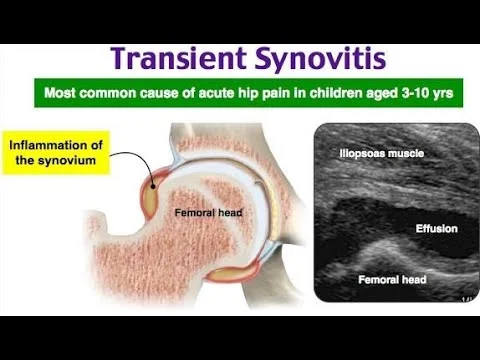

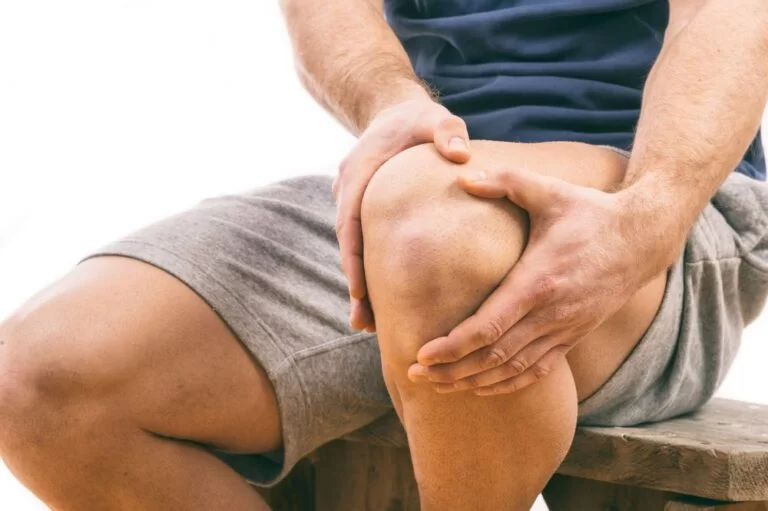
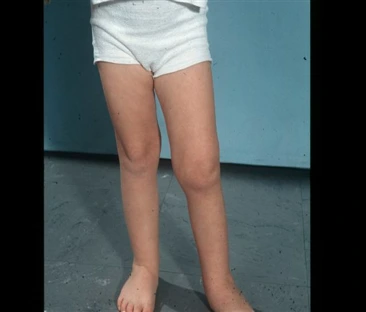
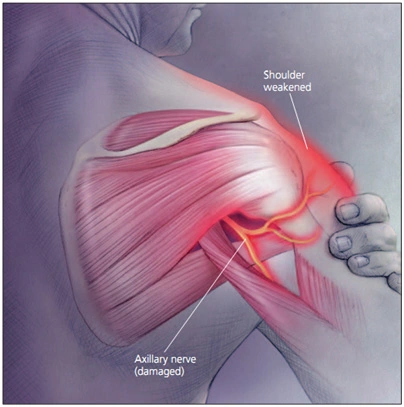
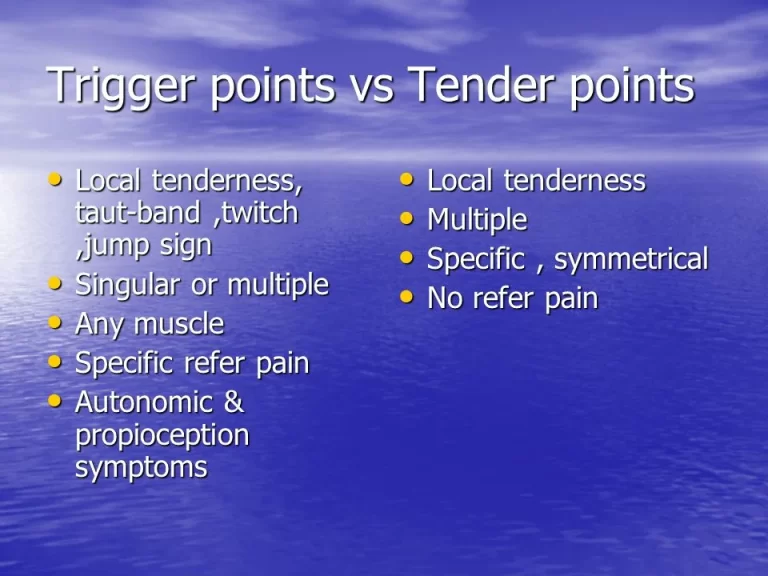
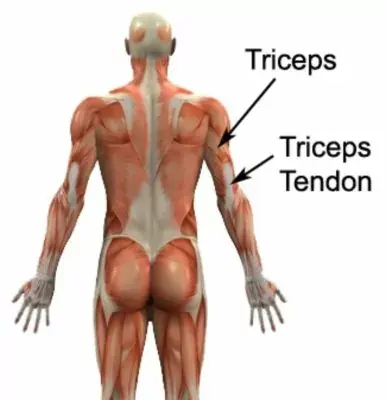
2 Comments